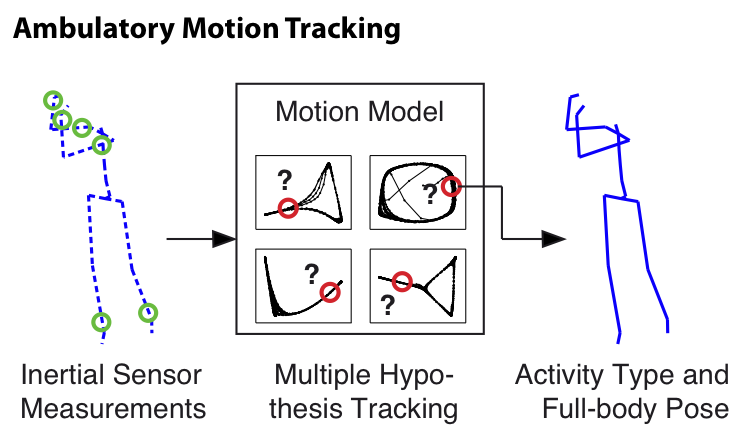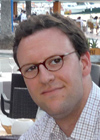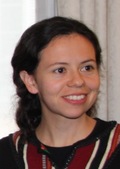Patient Monitoring for Neurological Diseases Using Wearable SensorsIn medical collaboration with:Prof. Dr. Soheyl Noachtar, Oberarzt, Neurologische Klinik, Klinikum Großhadern PD Dr. Kai Bötzel, Neurologische Klinik, Klinikum Großhadern Dr. med. Jan Rémi, Neurologische Klinik, Klinikum Großhadern Scientific Director: Nassir Navab Contact Person(s): Loren Schwarz |
Abstract
Quantitative analysis of human motion plays an important role for diagnosis, treatment planning and monitoring of neurological disorders, such as epilepsy, multiple sclerosis or Parkinson's disease. Stationary motion analysis systems in clinical environments allow acquisition of various human motion parameters based on inertial sensors or cameras. However, such systems do not permit to analyze patient movements in everyday-life situations over extended periods of time. Existing sys-tems using portable inertial sensors typically extract coarse-grained movement information, e.g. over-all activity indices. In this project, we investigate machine learning-based methods that allow us to recognize multiple activities and to track the human full-body pose from wearable inertial sensor data. We propose to employ a prior motion model to constrain the tracking problem from inertial sensors. Machine learning techniques, such as manifold learning and non-linear regression, allow us to build a prior motion model for each patient. The main component of the motion model is a low-dimensional representation of feasible human poses for the set of considered activities. After training, our method is able to recognize individual activities and to track the full-body pose of a patient, given only inertial sensor data. We estimate the current state of a person (activity type and exact pose in low-dimensional representation) by means of a particle filter. Using the learned representation of feasible poses for tracking significantly simplifies the search for suitable poses, as compared to exhaustively exploring the space of full-body poses.Pictures
|
|
Team
Contact Person(s)
|
Working Group
|
|
Location
| Technische Universität München Institut für Informatik / I16 Boltzmannstr. 3 85748 Garching bei München Tel.: +49 89 289-17058 Fax: +49 89 289-17059 |
| Ludwig-Maximilians-Universität München Campus Grosshadern Marchioninistrae 15 81377 München Lab - Room: 4K U1 912 Tel.: +49 89 7095 4606 |
internal project page
Please contact Loren Schwarz for available student projects within this research project.




